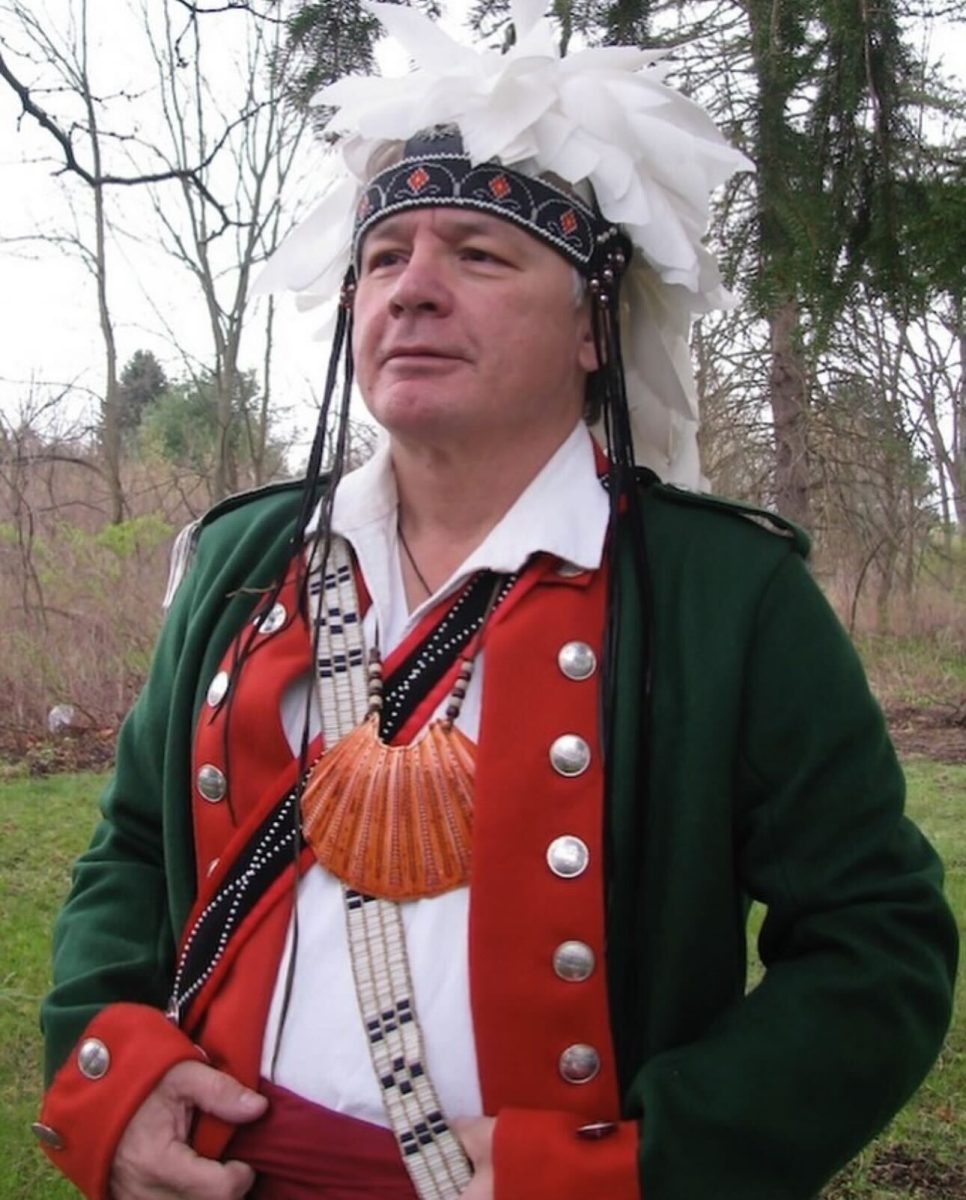
George-Kanentiio’s story is one of perseverance through prejudice and how he refused to be broken.
On January 26, Akwesasne Mohawk Doug George-Kanentiio spoke to multiple Valencia College campuses with the intent of raising awareness to the injustices suffered to those Native Americans taken from their homes and forced to live in residential schools in the late 1960’s, early 1970’s.
The journey of Doug George-Kanentiio has not been a simple one. At a young age, George-Kanentiio underwent severe trauma in his abduction and suffering at the first opening of many Native American institutions of Canada. While he has faced many obstacles, recently he was able to help produce the first culturally-accurate Native American superhero “Kahhori” in the Marvel Studios’ “What If” series on Disney+.
Public speaker George-Kanentiio was accompanied by Valencia College Communications and Speech Professor Tom Goetschius. Early in 2023, Valencia College Student Development had originally turned down George-Kanentiio’s visit, according to Goetschius. However, during a dinner meeting with Valencia College Humanities Department Professor Adriene Tribble, Tribble affirmed that his story needed to be told.
Goetschius has known George-Kanentiio for many years along with his wife, Joanne Shenandoah, and has always shared an interest in the values of the Iroquois and Native American lifestyle. In 1966, George-Kanentiio was eleven years old when he was taken from St. Regis Mohawk Reserve and sent to the Mohawk Institute Residential School in Brantford, Ontario, 350 miles west from his family. Amongst other children at the Mohawk Institute who were abducted and abused, he was given a number: 4-8-2-738.
As described by George-Kanentiio, girls and boys were separated and had specific duties with their time spent there. Childhood was lost, as they had to prepare themselves for what was to come. Boys would have physical training duties to prepare themselves to join the Canadian military. According to The Canadian Encyclopedia, although imposed on Six Nations children to train them to be more like Euro-Canadians, some used the Cadet Corps as a way of surviving the residential school experience. Girls would wear oversized clothing and had to partake in feminine duties including cooking, cleaning, and other household chores.
Native American children were not well-nurtured, having little to eat, and were subjected to rigorous schedules in their daily lives. Many attempted escapes but were captured and returned. Those who escaped also suffered the consequences of physical abuse or death. George-Kanentiio described how hungry children would eat bugs and insects for nutrients. Children younger than eleven experienced hopelessness from being highly vulnerable towards those who wanted to inflict harm and from their need for care. He recalled how “it was like a prison.”
As detailed by The Canadian Encyclopedia, former students have demanded recognition and restitution, resulting in the Indian Residential Schools Settlement Agreement in 2007 and a formal public apology by Prime Minister Stephen Harper in 2008.
Finding Salvation
Unlike some Native children who grew up facing obstacles of alcoholism and psychological trauma, Doug George-Kanentiio mastered resilience quickly, and his lifestyle became somewhat normal. The conditions at the boarding schools were quite severe, and behavior was shaped primarily through punishment. Instead of living in despair and self-destruction, violence, drug abuse, and homelessness, George-Kanentiio says it is crucial to want better for oneself.
“Salvation is found in the challenging of (politics) and legal forms and writings. There is a connection of friends that are not self-destructive, but I have had to lose some along the way,” Kanentiio said. In 1984, George-Kanentiio created a radio station to not be a victim towards how media would portray Native Americans. Negative portrayals were based on stereotypes, racism and ignorance. George-Kanentiio is a storyteller by nature, and he helped develop publications and networks such as the only radio station in North America that does not have a Canadian or American broadcast license. This allows him to share his and the lives of many truths from their own life experiences as Native Americans and creates a unified community for other indigenous cultures. There is no trauma bonding when it comes to the people who have experienced an uneasy lifestyle at the Mohawk Instititute, but Iroquois clans can help with the search for fulfillment.
George-Kanentiio is a bear clan member within the Iroquois. Of the clans, the wolf clan are pathfinders and are viewed as guides. Turtle clan are workers, arbitrators, including keepers of the land, and are important to all things in the environment. Bear clan members are healers, tend to keep moving and cannot be stopped while using their voices.
“Bears are incredibly supportive; they cannot do anything singularly. Strength is found through family, and bears have served to speak for other Native Americans,” George-Kanentiio said.
Compensation for Native Americans
In 2008, Canada began a process for survivors of the Mohawk Institiute to receive compensation for the endured abuse. The Independent Assessment Process is a claimant-centered, non-adversarial, out-of-court process for the resolution of claims of sexual abuse, serious physical abuse, and other wrongful acts suffered at Indian Residential Schools. As detailed by George-Kanentiio, claimants had to share their experiences to a committee of bureaucrats for proof of their time spent at the institute.
“You had to give the most intimate details, and they gave you points. The more points scored, the more money you would be given.” Kanentiio shared his story along with others to the Canadian officials, yet records of substantial proof at the institution needed to be present. As with many, he never saw a release of his records, and many people did not receive compensation.
Moving Forward
George-Kanentiio is the co-founder of the Native American Journalists Association, now known as the Indigenous Journalists Association, and shares his voice whenever he has the chance to speak about indigenous values and its history.
Recently, he helped both Marvel and Disney+ on the “What If” Season 2 Ep. 6 “What If… Kahhori Reshaped the World”. In a 27 December 2023 release from The Walt Disney Company, written by Ryan Little and directed by Executive Producer Bryan Andrews, the episode was created in close collaboration with members of the Mohawk Nation, including historian Doug George-Kanentiio and language expert Cecelia King, to ensure cultural authenticity.
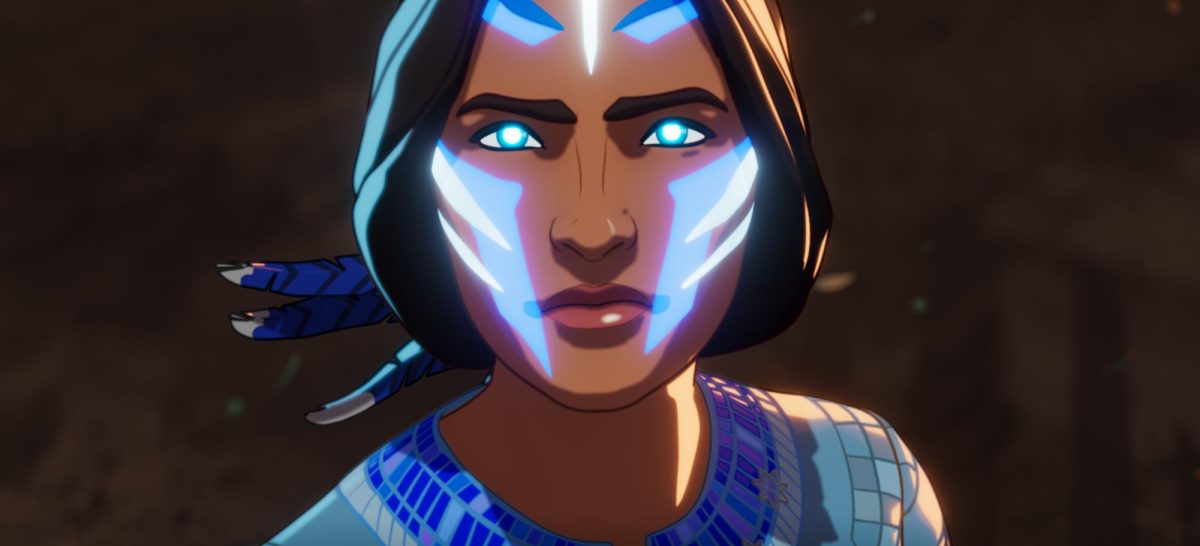
(©2023 MARVEL.)
Kahhori is a Mohawk Iroquois woman who ventures into the waters of the Forbidden Lake to save her people. The episode is voiced in Mohawk with subtitles. Marvel producer Ryan Little agreed to have the show progress if it had full consultation with the Mohawk Iroquois people.
“Initial concept of the design, and language would be done in a new way that represents Native Americans,” George-Kanentiio stated.
Living and speaking on Iroquois territory is a feeling of power for George-Kanentiio. There is responsibility representing the community truthfully. “I have always spoken the truth; it means so much to be rooted in the community and have gotten tremendous support,” he expained.
The impact Doug George-Kanentiio hopes to make at Valencia College is the commission of healing, truth and how justice can prevail for indigenous people. Kanentiio is optimistic that “native people will receive a formal apology from the Unites States President, regarding the traumatic experience in Native history.” He also hopes to see nature with more legal rights, citing, “Native Americans believe that all nature has legal standing, everything in nature has a voice, and it will not be silenced.”
And neither will Doug George-Kanentiio.


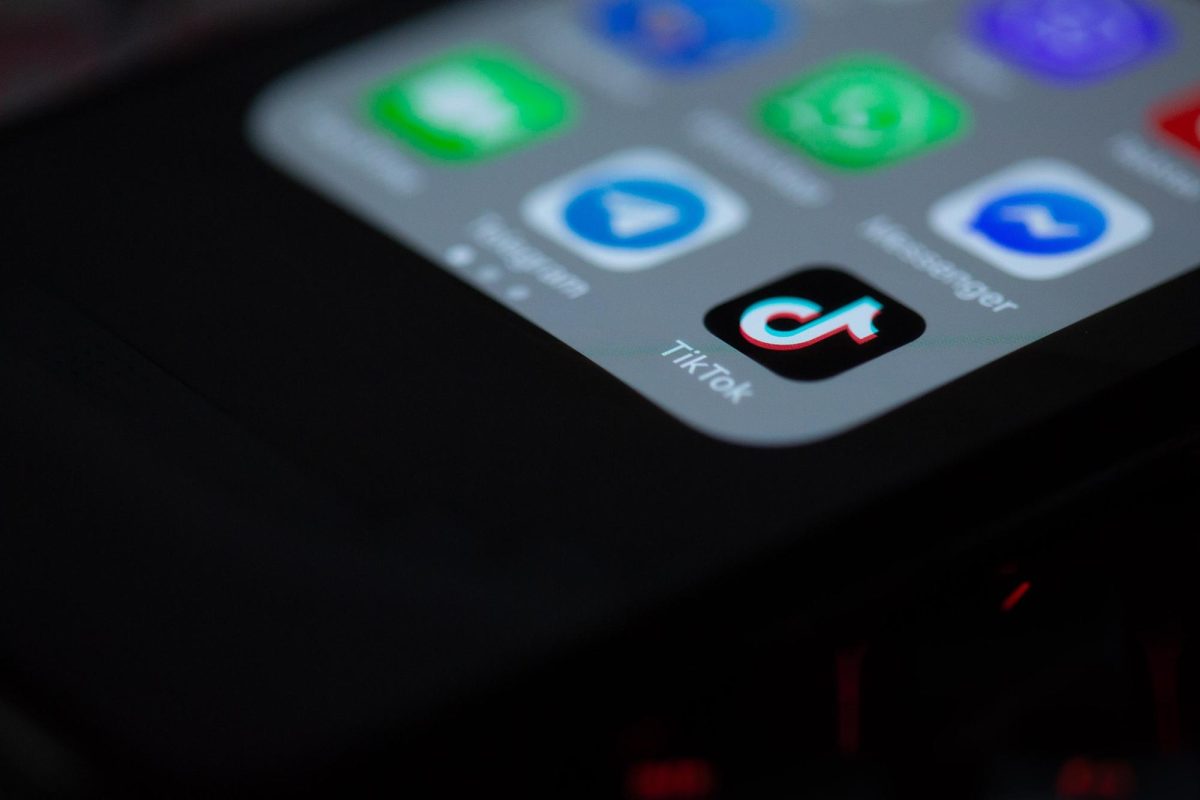

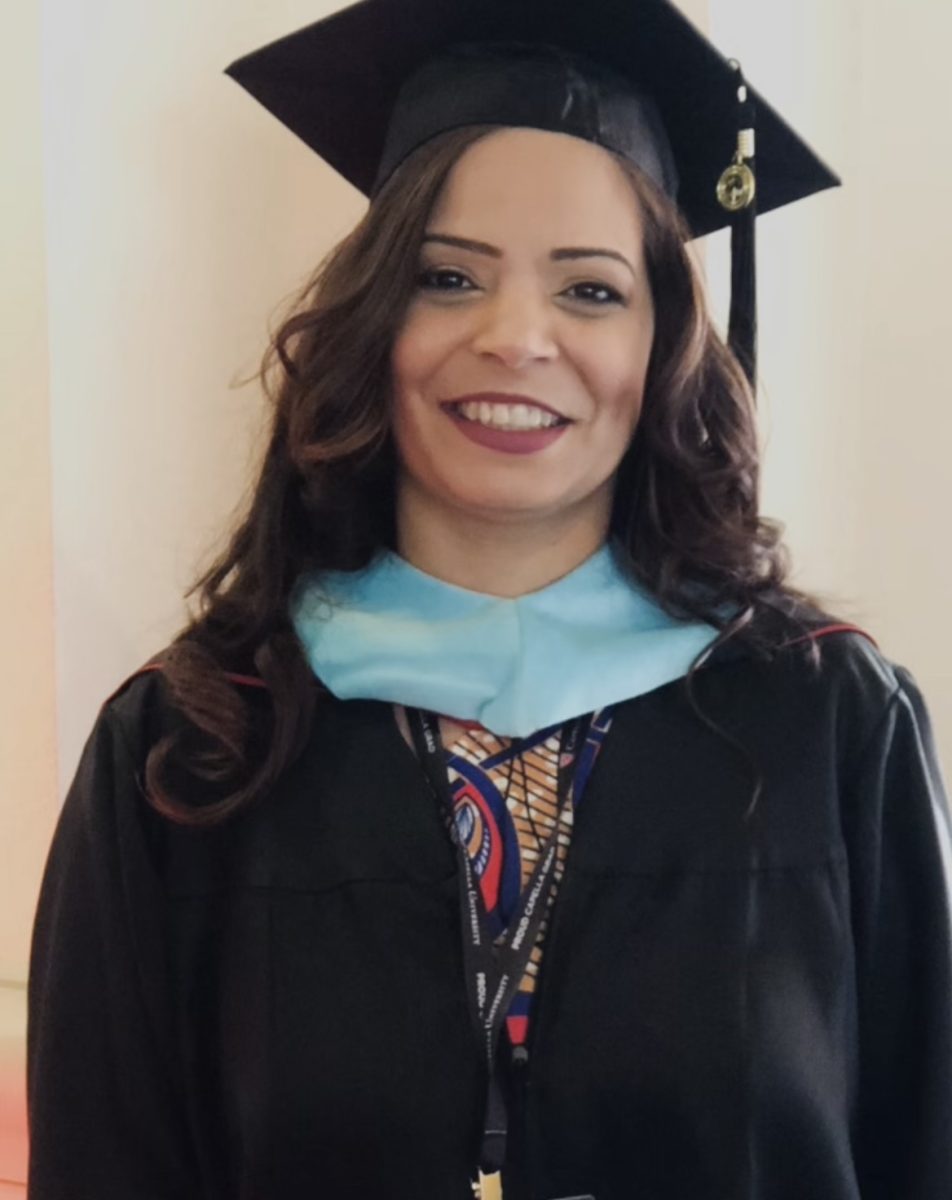
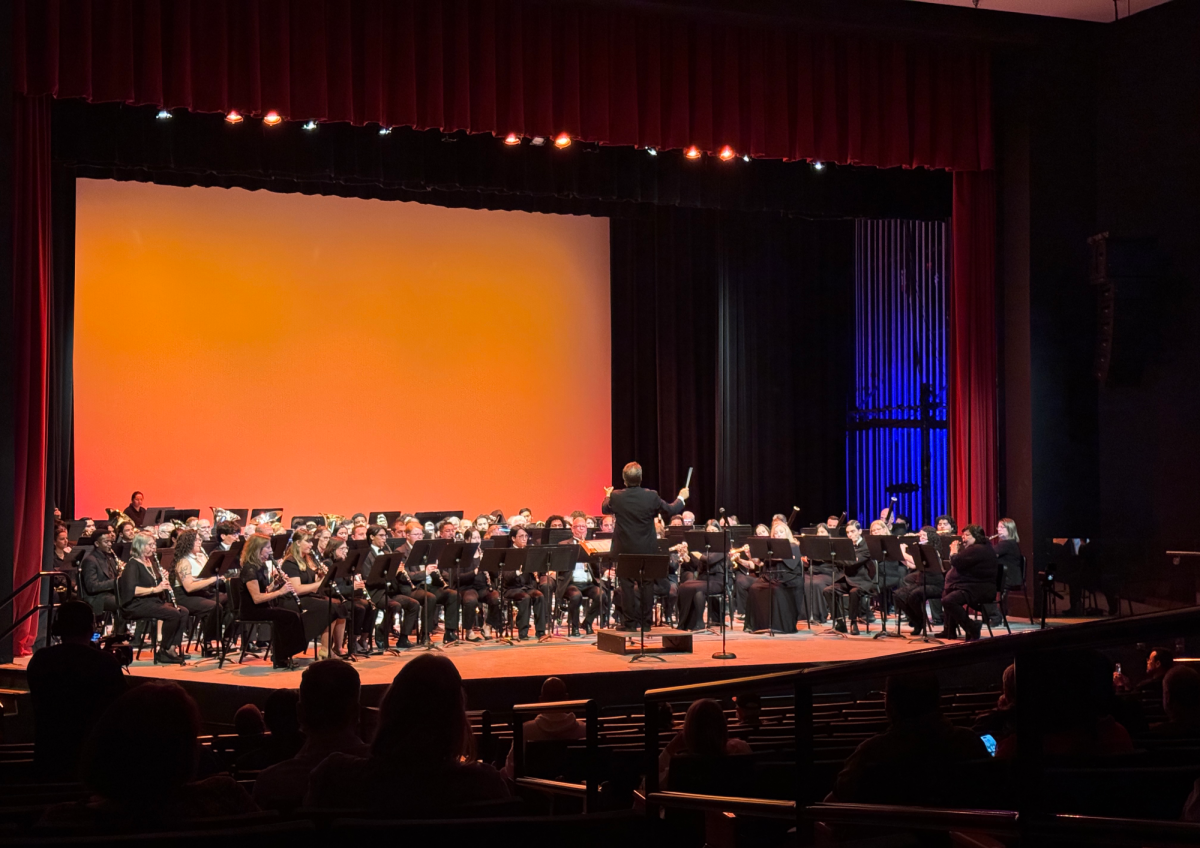
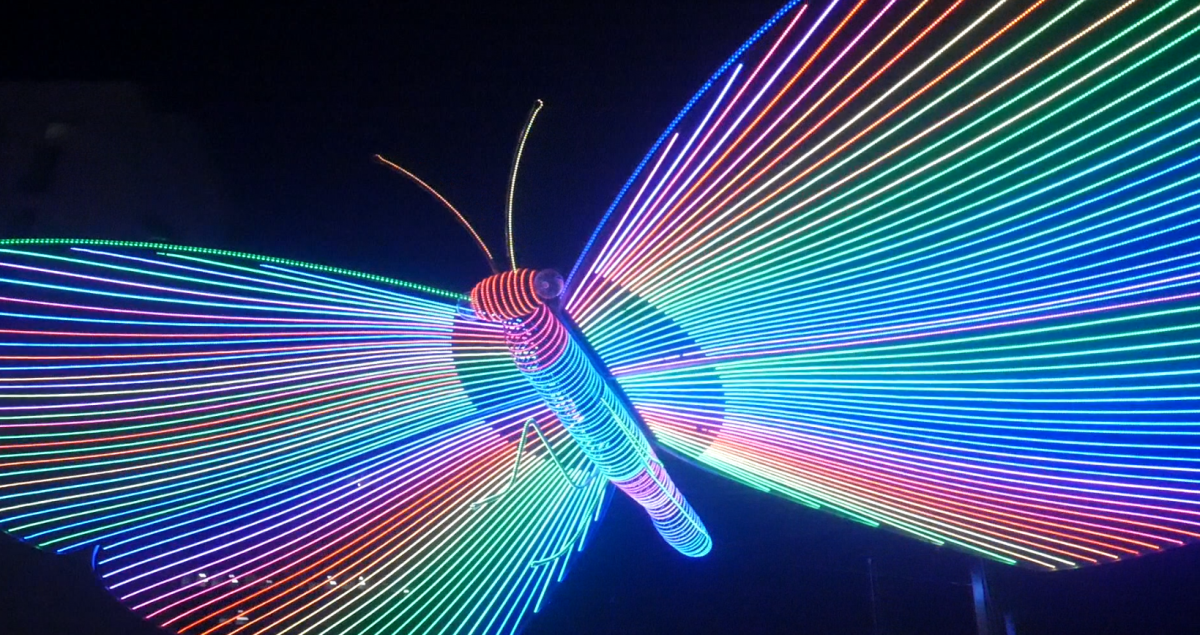
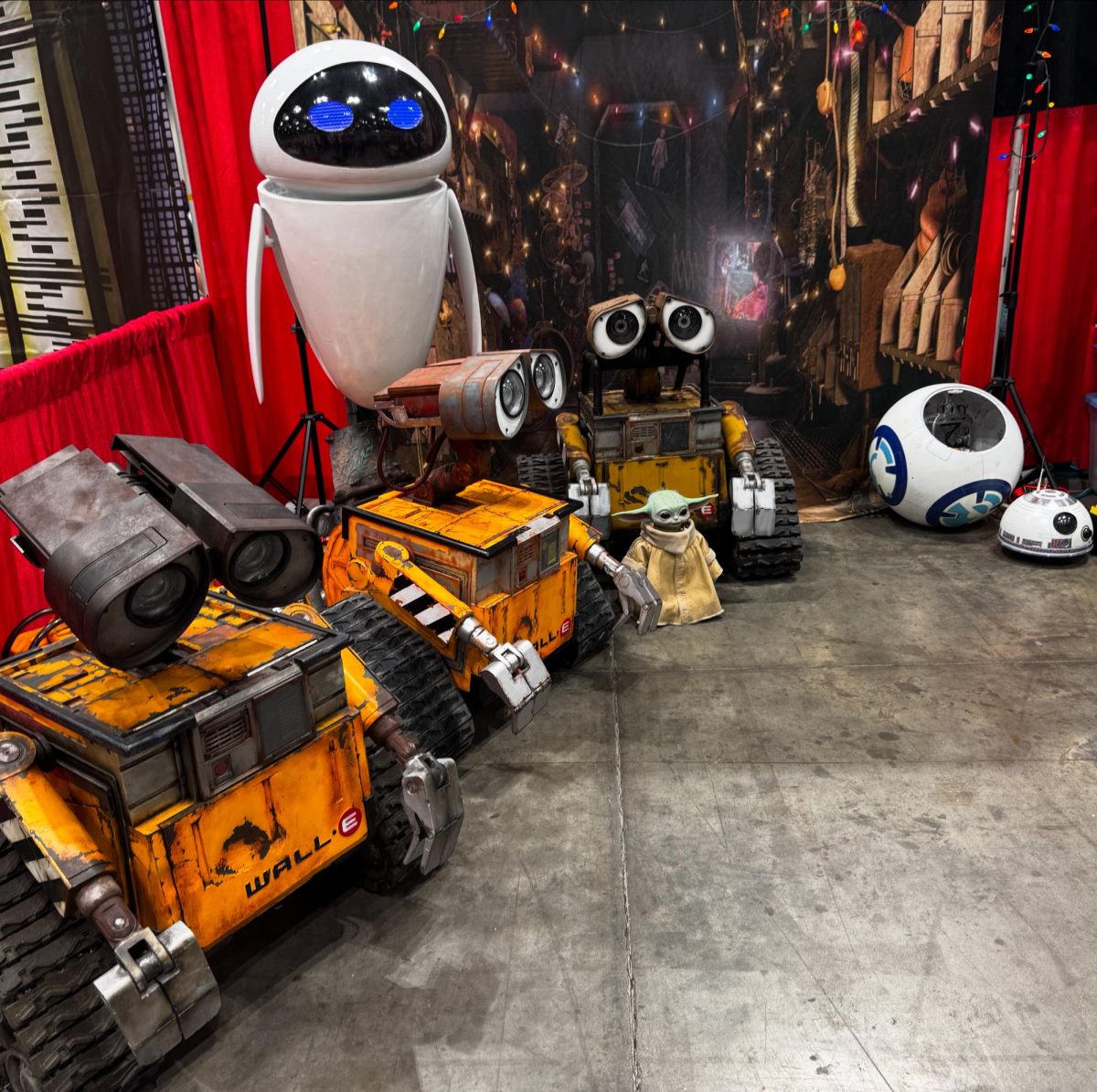
Veronica M Urbina • Feb 20, 2024 at 11:57 pm
The title of this article says it all, the bravery to tell their story. Unfortunately, many lives were /are affected. The children were left with no childhood families were separated , that’s heartbreaking. This article has some much history that each one of us need to know. Great article Victoria, I look forward reading many more articles.
Darren Bonaparte • Feb 14, 2024 at 9:08 am
“In 1984, George-Kanentiio created a radio station to not be a victim towards how media would portray Native Americans.”
I worked at this radio station, CKON, in 1984. Doug George had nothing to do with it. Credit for this should go to the late Ray Cook and the late Lloyd Benedict, Sr.